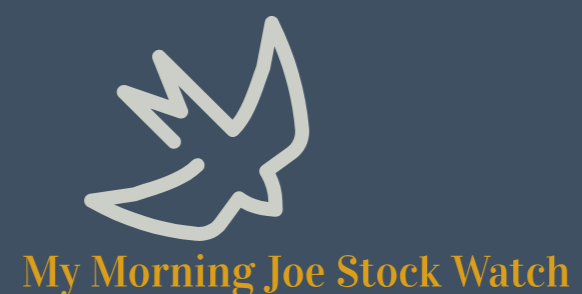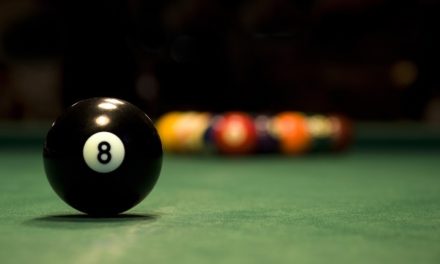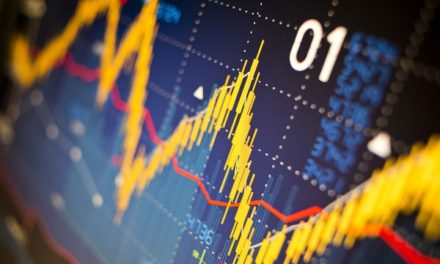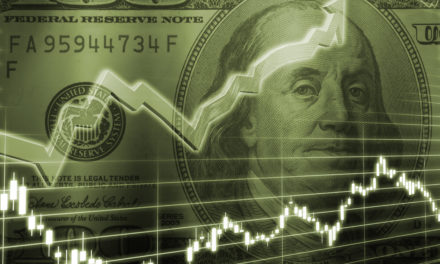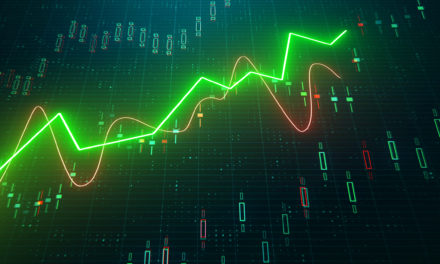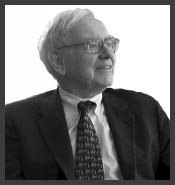
“Only buy something that you’d be perfectly happy to hold if the market shut down for 10 years.”
— Warren Buffett
The above quote from Warren Buffett is timeless, and brings into focus the choice about time horizon that any investor should think about before buying a stock they are considering. Behind every stock is an actual business; what will that business look like over a decade-long period?
Today, let’s look backwards in time to 2009, and take a look at what happened to investors who asked that very question about Gilead Sciences Inc (NASD: GILD), by taking a look at the investment outcome over a decade-long holding period.
| Start date: | 11/16/2009 |
|
|||
| End date: | 11/14/2019 | ||||
| Start price/share: | $23.72 | ||||
| End price/share: | $63.81 | ||||
| Starting shares: | 421.59 | ||||
| Ending shares: | 476.80 | ||||
| Dividends reinvested/share: | $9.38 | ||||
| Total return: | 204.24% | ||||
| Average annual return: | 11.77% | ||||
| Starting investment: | $10,000.00 | ||||
| Ending investment: | $30,426.54 | ||||
The above analysis shows the decade-long investment result worked out quite well, with an annualized rate of return of 11.77%. This would have turned a $10K investment made 10 years ago into $30,426.54 today (as of 11/14/2019). On a total return basis, that’s a result of 204.24% (something to think about: how might GILD shares perform over the next 10 years?). [These numbers were computed with the Dividend Channel DRIP Returns Calculator.]
Notice that Gilead Sciences Inc paid investors a total of $9.38/share in dividends over the 10 holding period, marking a second component of the total return beyond share price change alone. Much like watering a tree, reinvesting dividends can help an investment to grow over time — for the above calculations we assume dividend reinvestment (and for this exercise the closing price on ex-date is used for the reinvestment of a given dividend).
Based upon the most recent annualized dividend rate of 2.52/share, we calculate that GILD has a current yield of approximately 3.95%. Another interesting datapoint we can examine is ‘yield on cost’ — in other words, we can express the current annualized dividend of 2.52 against the original $23.72/share purchase price. This works out to a yield on cost of 16.65%.
Here’s one more great investment quote before you go:
“When you sell in desperation, you always sell cheap.” — Peter Lynch
